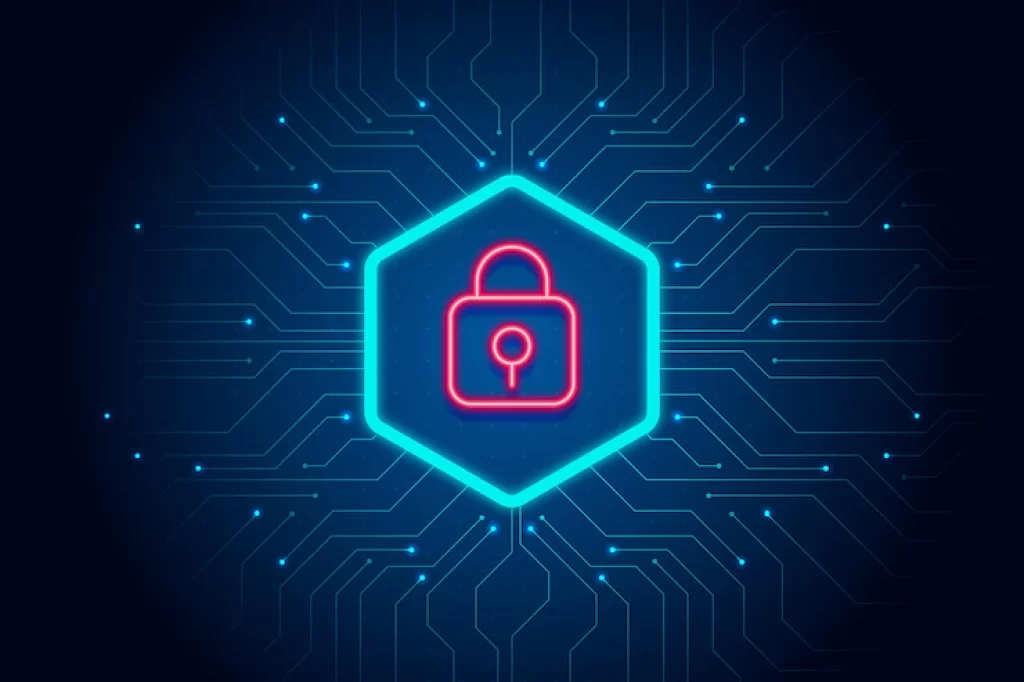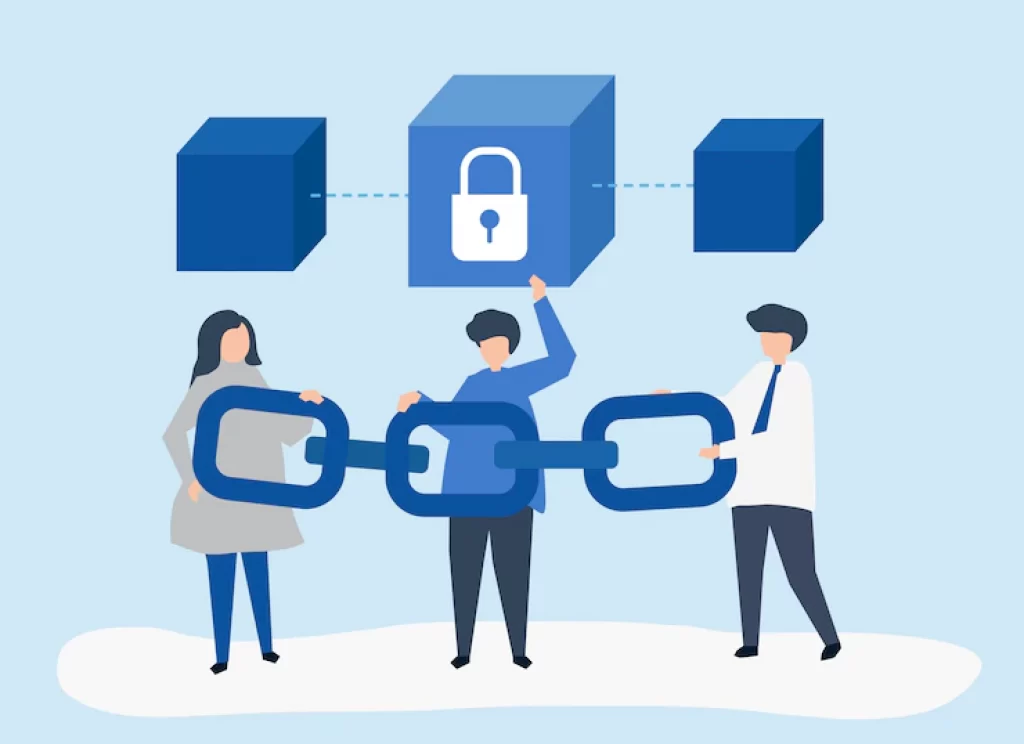
What do you do with all of the data on your company’s computers? What about the data in your laptops, USB drives, and external hard drives when you are finished using them? The best way to protect against organizational identity theft or data breach is to securely destroy or dispose of data.
Whether you’re planning to sell or donate your equipment, secure data disposal and destruction are vital for securing data. Depending on what type of information you’re trying to get rid of, you have to take more than one step. The process to remove the data from your hard drive completely can be a long one, so prepare yourselves.
This guide will show you effective methods to follow for secure data disposal and destruction. In addition, you will learn \why it is best handled by professional secure data destruction services for proper results.
1) Overwriting and Encryption
Writing over your hard drive’s data repeatedly with ones and zeros is a great way to ensure that no information can be retrieved after erasure. This process is known as overwriting. In some cases, an experienced hacker can use software or other tools to retrieve data that’s been wiped in this manner.
For example, if a file system was not overwritten properly, there may still be recoverable pieces of data within it, including any stored passwords (which hackers can then use to access other accounts). For proper encryption, use tools and guidance from professionals like SPW data destruction services.

Encrypting your hard drive means disguising its contents so that nobody without a key can see them. When you encrypt a hard drive, it’s as if you’ve taken all of its data and wrapped it in an unbreakable lockbox.
The only way to access encrypted data is with an encryption key, which is essentially just another string of characters that unlocks your lockbox. If someone steals or finds your computer, they won’t be able to access any of its information without knowing or stealing your encryption key first.
This method works well for media intended for repurposing or recycling, such as old hard drives. For example, if you’re planning on using computers in another department, selling or donating them, or otherwise getting rid of them, encrypting their data will prevent sensitive information from falling into unauthorized hands.
And while it’s a good idea to encrypt your entire hard drive before disposing of it — because doing so will prevent anyone from accessing any of its data without knowing your encryption key — you can also encrypt individual files (or even specific folders) whenever you want to ensure that they won’t be read by anyone else.
2) Degaussing
Degaussing is a process that eliminates data on a hard drive by using a strong magnetic field. This process renders all information on your hard drive unreadable, and it’s considered one of the most secure methods of erasing data. However, degaussing requires specialized equipment that many businesses don’t have access to.
Specialists like SPW data destruction services can offer this equipment. One thing to keep in mind is that degaussing a hard drive doesn’t destroy it physically; you have to physically break it apart after degaussing.

Degaussing works for older hard drives but is not completely effective on solid-state drives because they have no moving parts. If you’re trying to dispose of a computer hard drive, degaussing is probably your best bet. However, if you’re disposing of a smartphone or tablet, it’s better to use one of the other methods listed below.
3) Bring Your Data to a Physical Destruction Service
For highly sensitive information, only total physical destruction of the digital storage media can ensure the data is irretrievable. These methods include:
- Shredding – This is a physical destruction method where data storage media are cut into small pieces using a shredder. This method works well for hard drives, CDs, DVDs, memory sticks, etc. The disadvantage of using a shredder is that it may not be suitable for large volumes of data. This is because storing media can be time-consuming and labor-intensive.
- Drilling – A more secure method of physical destruction is drilling. This can be done using a drill press or a hand-held power drill. This method is best suited for solid-state drives, both internal and external.
- Melting – This is a physical destruction method. Here, data storage media are melted down using an industrial-strength incinerator or a gas flame. This method works for all storage media.
Conclusion
Choosing a method of data disposal depends on your needs. Whichever route you choose, be sure to follow all required regulations for physical destruction. Following these procedures will protect your company from liability and prevent sensitive information from being viewed by unauthorized parties. Contact professionals like SPW data destruction services for a highly effective combination of methods to achieve your goals for secure data disposal and destruction. Good luck securing your data—and don’t forget what happens if you don’t destroy that hard drive!
Additionals:






